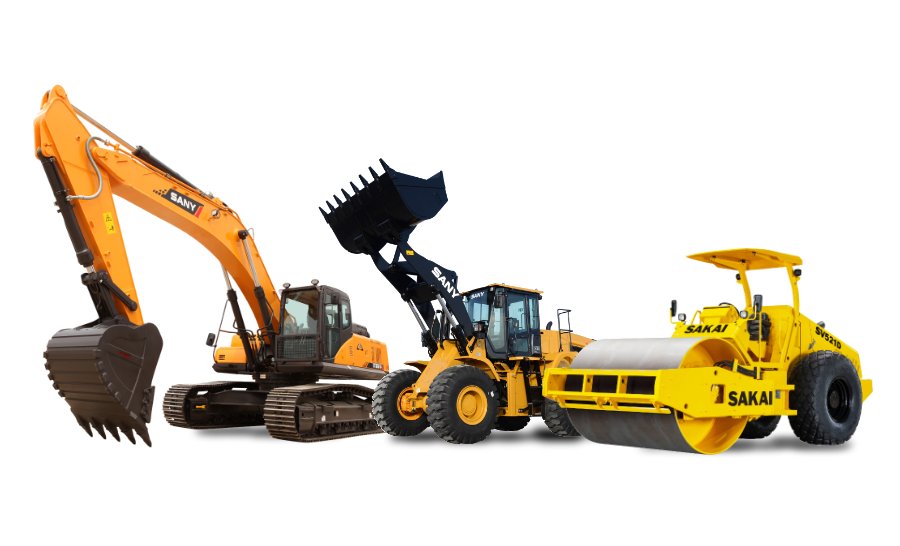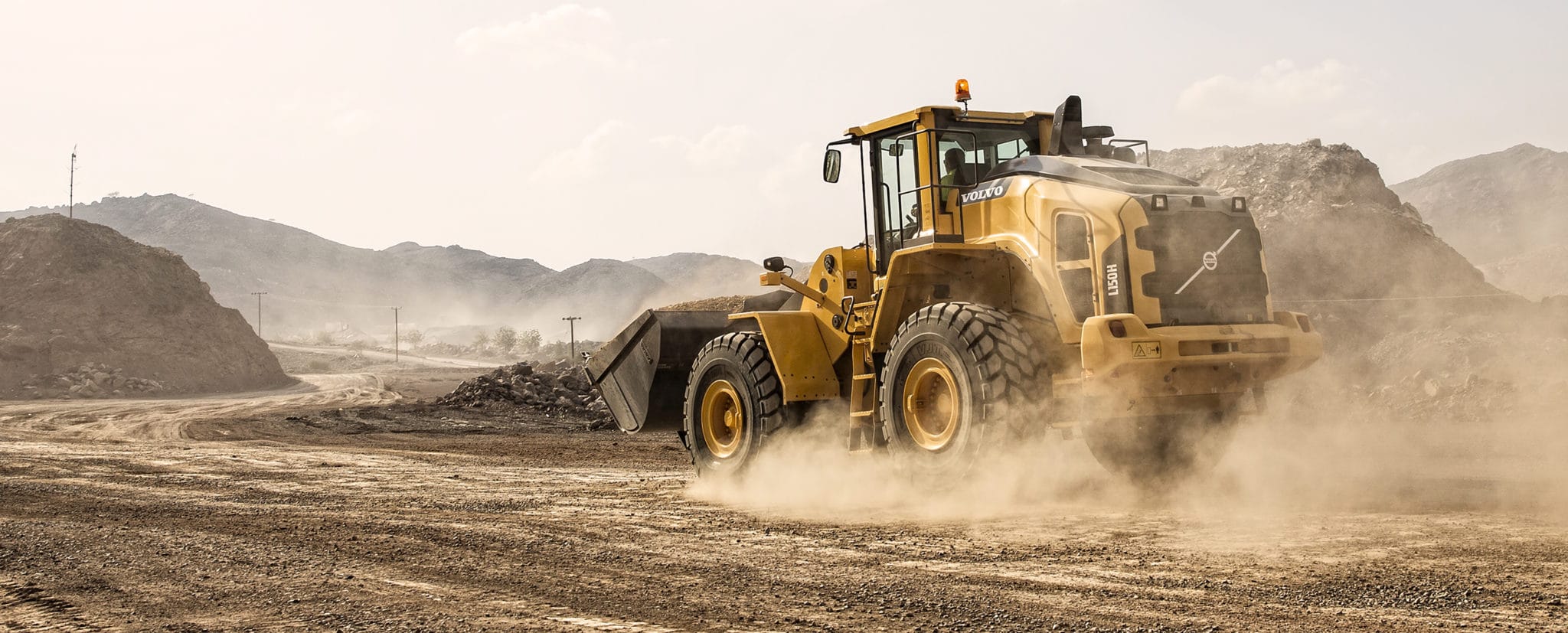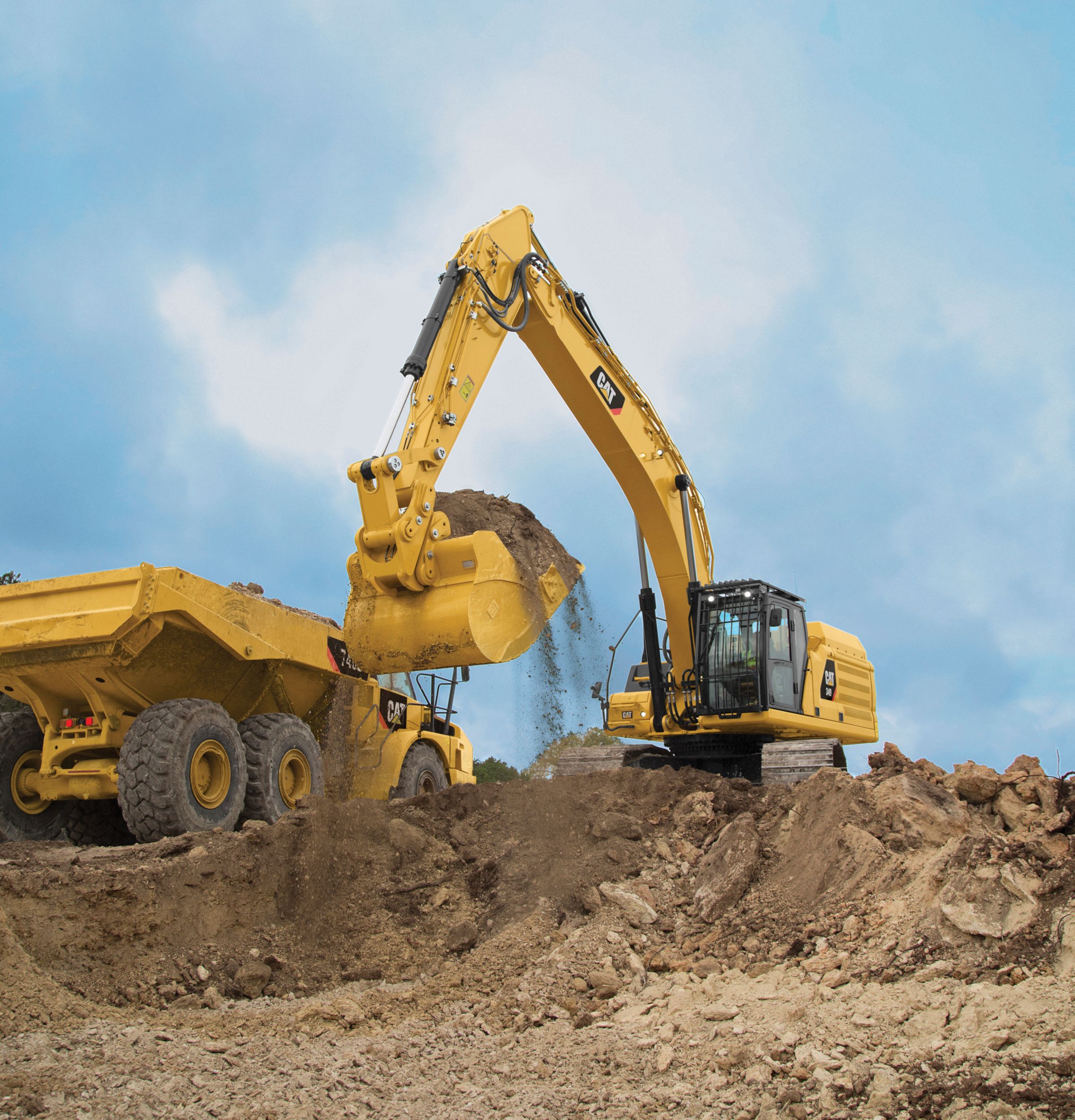Heavy Equipment Rental: High-Quality Equipment for Rent
Heavy Equipment Rental: High-Quality Equipment for Rent
Blog Article
Leasing Vs. Purchasing Construction Devices: Making the Right Option for Your Task
When beginning on a building and construction project, one of the important choices that forecast stakeholders and managers face is whether to rent out or get building devices. The decision pivots on various variables such as expense factors to consider, project duration, devices maintenance, scalability, threat, and flexibility administration.
Expense Factors To Consider
When evaluating the economic facet of getting versus renting building devices, the long-lasting expenditures and ahead of time costs have to be meticulously considered. Leasing tools typically calls for lower preliminary settlements contrasted to acquiring, making it an eye-catching choice for temporary projects or service providers with budget restraints. Renting removes the demand for huge resources outlays and lowers the monetary risk connected with devices ownership, such as upkeep and devaluation prices. Nonetheless, over time, continually renting devices can accumulate greater expenses than acquiring, particularly for extended projects.
On the other hand, buying building devices includes greater upfront expenses but can cause long-lasting cost savings, especially for long-term jobs or regular users. Owning tools offers flexibility, ease, and the possibility for resale value once the job is completed. Furthermore, having tools enables modification and experience with certain equipment, possibly increasing performance and productivity on-site. Ultimately, the choice between getting and leasing construction equipment rests on the project's period, regularity of usage, budget plan considerations, and lasting economic goals.
Project Duration

Alternatively, for long-lasting jobs or ongoing building and construction work, buying equipment can be the more cost-effective choice. Getting tools can lead to set you back financial savings in the long run, especially if the tools will certainly be frequently utilized. Moreover, possessing tools provides a feeling of control over its accessibility and enables customization to fit specific job requirements.

Devices Upkeep
Offered the important role task duration plays in establishing the most affordable approach between leasing and purchasing building equipment, the focus currently shifts towards examining the important element of devices maintenance. On the other hand, owning equipment needs an aggressive approach to upkeep to avoid breakdowns, ensure safety, and extend the tools's lifespan. Eventually, a properly maintained building tools fleet, whether rented out or owned, is vital for the efficient and effective conclusion of building and construction jobs.
Flexibility and Scalability
In the realm of building and construction equipment management, the element of adaptability and scalability holds significant value for task performance and source use. Deciding to lease construction devices provides a high degree of flexibility as it look at here permits for the quick modification of tools types and amounts based on the advancing demands of a project. Renting out enables specialists to access a wide variety of specific equipment that might be required for particular jobs without the long-term dedication of ownership. This adaptability is specifically useful for tasks with varying requirements or unsure durations (construction equipment rentals).
Additionally, scalability, another important aspect, is naturally linked to adaptability. Renting out construction tools uses the benefit of easily scaling procedures up or down as task demands vary. Professionals can promptly include or trade tools to match the job's altering demands without the restrictions of possessing properties that might become underutilized or outdated. This capacity to range sources efficiently can result in expense financial savings and improved task timelines, making leasing a favorable option for projects calling for adaptability and responsive source allowance.
Risk Administration
Efficient risk management in building and construction equipment operations is vital to making sure job success and mitigating possible economic losses. Building jobs naturally entail numerous risks, such as equipment break downs, mishaps, and task hold-ups, which can dramatically affect the job timeline and budget. By meticulously thinking about the risks connected with owning or renting out building tools, job managers can make enlightened decisions to reduce these prospective dangers.
Renting construction devices can supply a degree of danger reduction by transferring the responsibility of maintenance and repairs to the rental firm. This can minimize the economic concern on the job proprietor in situation of unexpected equipment failures (heavy equipment rental). In addition, leasing gives the flexibility to gain access building equipment to specialized equipment for particular task stages, minimizing the risk of owning underutilized equipment
On the other hand, owning building tools offers a feeling of control over its use and upkeep. Nonetheless, this also implies bearing the complete duty for repair work, upkeep costs, and depreciation, boosting the economic threats related to equipment ownership. Mindful risk assessment and consideration of elements such as task duration, devices use, and upkeep requirements are vital in establishing the most suitable choice for reliable risk administration in building and construction projects.
Conclusion
In verdict, when choosing between purchasing and renting building devices, it is essential to think about expense, job period, tools maintenance, yard grading equipment scalability, adaptability, and risk management. Each aspect plays a vital role in figuring out the most suitable alternative for the project at hand. By thoroughly evaluating these aspects, project managers can make an enlightened decision that lines up with their spending plan, timeline, and overall project objectives.

Report this page